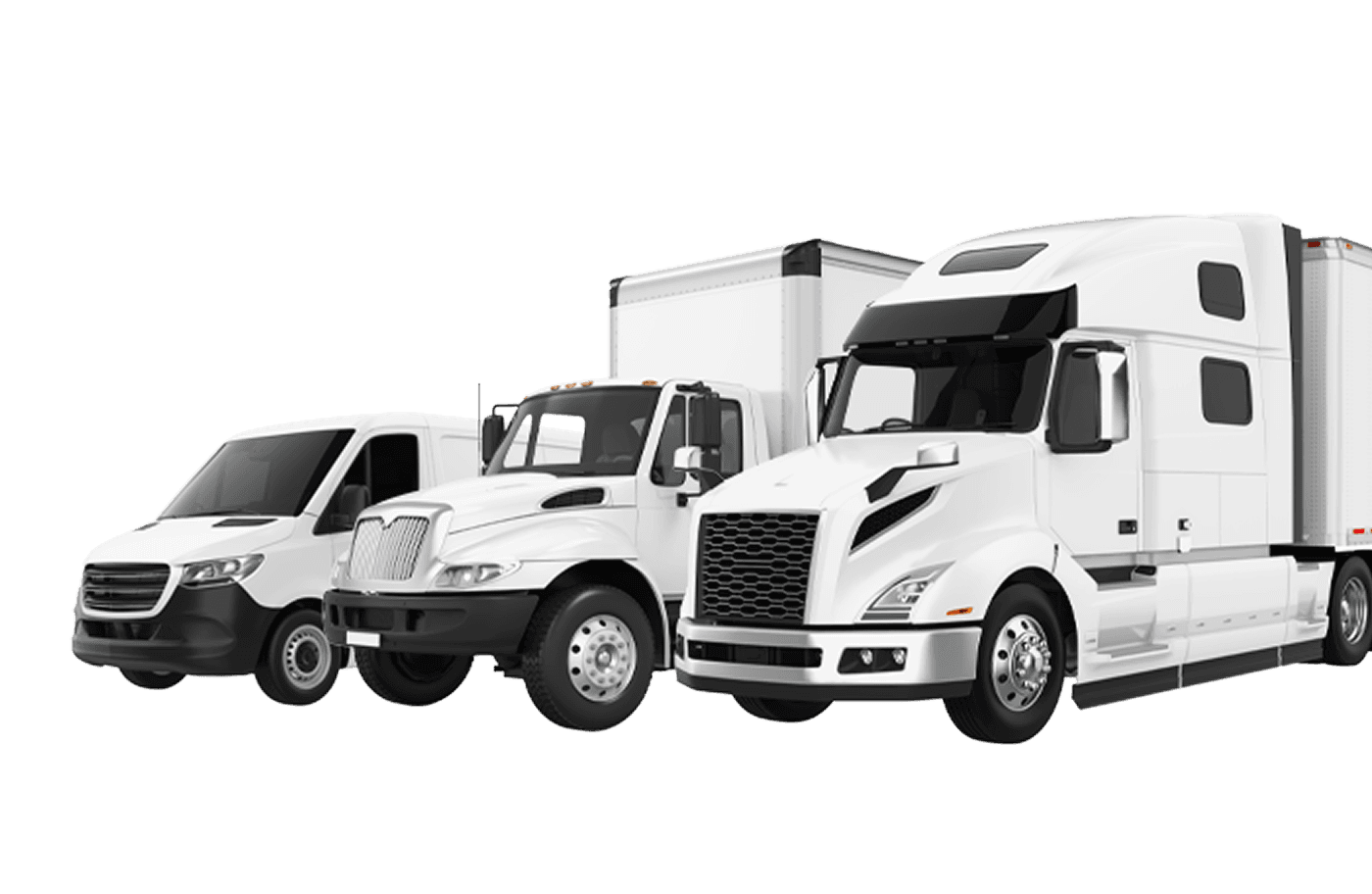Cross Dock Columbus: The Midwest Hub Driving America’s Supply Chain Efficiency
How cross dock Columbus became the operational heart of U.S. freight efficiency.
Unknow author
12 August 2025, 11 min read
The Strategic Emergence of Cross Dock Columbus
In the heart of the American Midwest, Columbus, Ohio, has quietly become one of the most efficient freight cities in the country. Once considered merely a regional distribution point, it is now a national cross-docking hub, connecting east-west and north-south supply chains with unmatched speed and precision. The phrase “cross dock Columbus” has become synonymous with streamlined logistics, cost control, and reliability.
As U.S. logistics networks shift inland, Columbus has emerged as the natural convergence point for freight moving between major population centers. From coastal imports to Midwest manufacturing exports, nearly every form of cargo passes through or near Ohio. Cross-dock facilities here capitalize on that geographic advantage, enabling consolidation, deconsolidation, and same-day redirection of loads that once required multi-day transfers.
In a post-pandemic logistics landscape defined by volatility and rising costs, Columbus represents the opposite — stability and flow.
Why Columbus Works: Geography, Infrastructure, and Strategy
Columbus’s dominance starts with its geography. Within a single day’s drive, trucks can reach over 60% of the U.S. population. Interstates I-70, I-71, and I-270 form a perfect triangle of freight accessibility, linking Chicago, New York, Atlanta, and Detroit.
The city’s infrastructure reinforces that advantage. Its cross-docking network has grown rapidly over the past five years, especially around Groveport, Obetz, and Rickenbacker International Airport. These zones host specialized cross dock Columbus facilities equipped for dry, refrigerated, and oversized freight handling.
Unlike older industrial hubs, Columbus’s logistics ecosystem was built post-digital revolution. Facilities here integrate inventory tracking, yard management, and real-time data sharing — enabling 24/7 visibility for brokers and carriers.
This alignment of geography, technology, and labor availability has transformed Columbus from a regional warehouse city into a national supply chain nerve center.
Balancing Efficiency with Cost — The Cross-Dock Advantage
The economic math of cross-docking is simple yet powerful. By transferring freight directly between inbound and outbound trucks, shippers minimize storage costs, reduce handling time, and maintain continuous movement. In Columbus, where facility density is high and transport links are seamless, these advantages multiply.
• Reduced dwell times: Most cross-dock operations in Columbus complete unload-reload cycles within two hours.
• Lower fuel consumption: Centralized location reduces empty miles and repositioning costs.
• Operational flexibility: Multi-carrier docks support simultaneous reallocation of loads based on demand shifts.
In an age of unpredictable rates and fluctuating delivery times, cross-dock operations give carriers the ability to recover time and protect margins. For eCommerce networks, the ability to reroute goods through Columbus without costly warehousing provides a major competitive edge.
The Human Engine Behind Columbus’s Efficiency
While automation and analytics drive much of the narrative, the real strength of cross dock Columbus lies in its people. Columbus has one of the most stable logistics labor markets in the Midwest. Its workforce combines Midwestern reliability with technical training from local institutions that focus on warehouse automation, forklift operation, and transport logistics.
This human factor allows facilities to maintain high output even under pressure. During the 2024 holiday surge, for example, several Columbus hubs processed 30% more volume without increasing dwell time. That kind of performance is impossible without skilled teams that understand both technology and timing.
The city’s logistics culture values precision — a trait that has made its facilities attractive to major national carriers looking for predictable results amid volatile demand.
Cross Dock Columbus and the eCommerce Economy
No discussion of Columbus would be complete without mentioning eCommerce. With giants like Amazon, Target, and DHL operating massive fulfillment and air freight hubs here, cross-docking has become the invisible infrastructure powering America’s digital shopping habits.
In practice, it works like this: inbound freight from coastal ports or regional manufacturers arrives overnight, gets sorted and reloaded by SKU or destination, and departs for last-mile distribution centers by morning. This “24-hour cycle” is the foundation of modern retail logistics — and Columbus executes it better than almost any other city in the United States.
For eCommerce sellers, that means faster restocking, fewer backorders, and lower delivery costs. For consumers, it means the promise of “two-day delivery” remains possible even when national supply chains are strained.
Resilience Through Connectivity
Cross-docking is not just about speed — it’s about resilience. During winter storms, rail disruptions, or regional shortages, cross dock Columbus facilities often serve as the detour that keeps freight moving. Loads bound for Detroit, Pittsburgh, or Cincinnati can be offloaded and rerouted in real time, preventing costly delays.
In this sense, Columbus acts as a stabilizer within the broader supply chain. Its centralized position allows logistics companies to absorb shocks and rebalance flows without major financial loss. For small and mid-sized carriers, that resilience is crucial to maintaining customer confidence.
Looking Ahead — The Next Frontier of Logistics Efficiency
Columbus’s logistics evolution is far from complete. The next wave of investment focuses on integrating cross-docking with automation and predictive analytics. AI systems will soon be able to forecast volume surges and pre-assign dock doors before trucks even arrive.
Local operators are also experimenting with sustainability — using electric yard trucks, solar-powered warehouses, and automated pallet handling to reduce environmental impact. As national freight networks face increasing scrutiny over emissions and efficiency, Columbus is positioning itself as both a performance and sustainability leader.
For shippers, that translates into measurable ROI: reduced delays, lower costs, and a greener footprint.
Conclusion: Columbus — The Midwest Hub of Modern Freight Flow
The story of cross dock Columbus is not just about geography — it’s about foresight. By investing early in connectivity, technology, and skilled labor, Columbus transformed itself from a secondary market into one of America’s most reliable freight accelerators.
As the nation’s logistics map continues to rebalance, Columbus stands as proof that efficiency isn’t found only at the ports. It thrives where speed, intelligence, and local expertise converge.
For carriers, shippers, and brokers, Columbus is more than a stop — it’s a strategy. The future of American logistics moves through here, one cross-dock at a time.
You may also like

Logistics Without Limits: How Franchising Is Fueling the Next Wave of Growth in the Industry
A New Era of Scalable, High-Performance Logistics
4 min read

Bridging Giants: Navigating the US-China Supply Chain in a Shifting Global Landscape
Unlocking Opportunities Amidst Geopolitical Change
0 min read

Unlocking Value Together: How the Sharing Economy Is Reshaping Logistics and Beyond
The New Age of Shared Value
0 min read
Streamline Your Logistics Today
Partner with Freitty for smarter, faster, and more efficient cross-docking services.
